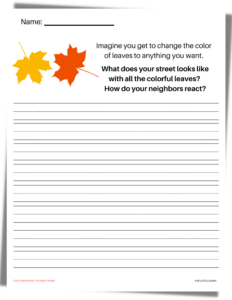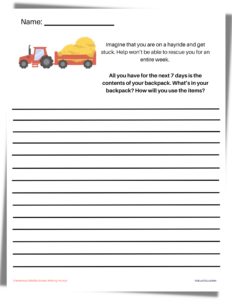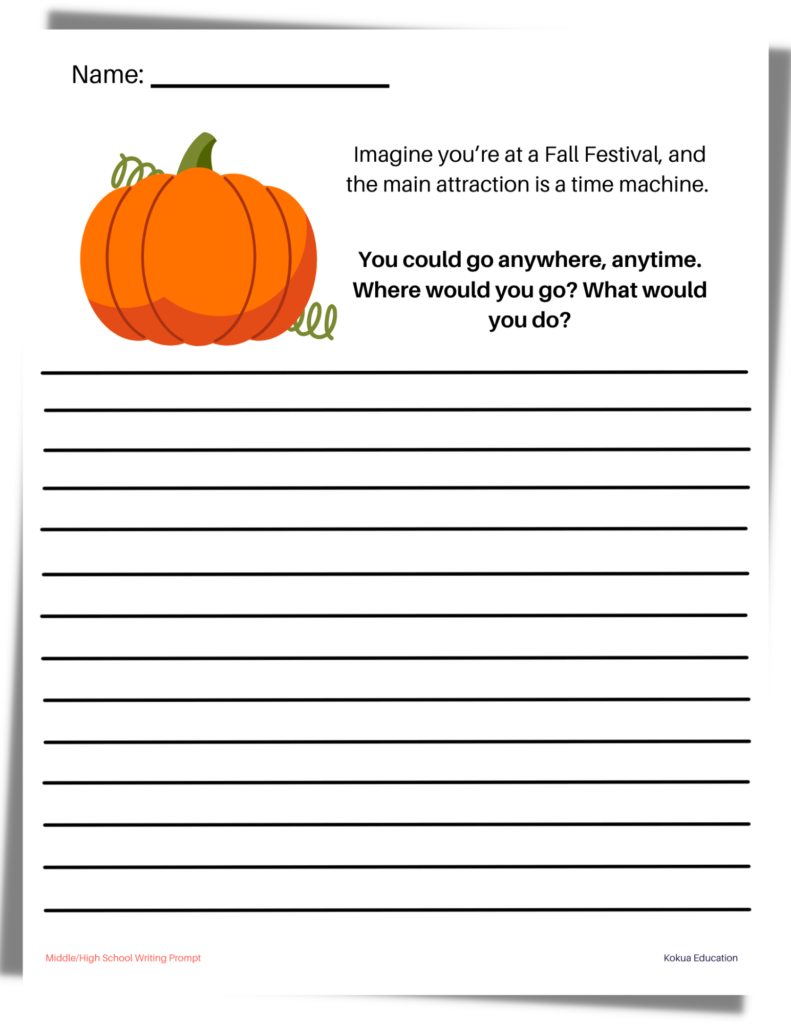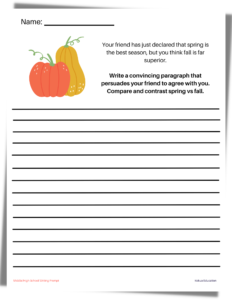
Substitute Teaching Landed in Lindsey’s Lap—and Fell Into His Heart
When Lindsey decided to take up his first substitute teaching gig in 2006, he didn’t think education would end up becoming his second career. “Teaching landed in my lap and fell into my heart,” he says while recalling his early days as an instructor at an after school program.
A native of Chicago, Lindsey is a professional artist and designer who has exhibited his work both at home and abroad. After almost two decades of substitute teaching, he is about to embark on a full-time career as an educator.
“It was the students. That’s what made me want to dedicate my life to this,” he states.
“You know, a lot of kids around here tend to experience hopelessness. They’re very gifted and very talented, but they don’t feel that will be enough to afford them a better life.” He adds: “But I don’t feel that way about myself. I don’t feel powerless. And it’s been wonderful to have the opportunity to instill that hope and those feelings of empowerment into them.”
Unlikely beginnings
Lindsey does not have formal training as an educator. “I learned by stepping into the classroom and just doing it…It has been difficult at times—but that outsider status and the fact that I have all this life experience and a career in the arts has helped me connect with students on a much deeper level.” He adds: “They see that I’m not just a teacher, I’m also a doer. And that’s particularly significant in arts education because most art teachers are not practicing artists themselves.”
Lindsey’s unique background and his strong personal connection to the Albany Park community he teaches in has given way to a very unique approach to teaching that transcends students’ expectations for their educators. “My biggest thing is following what’s in students’ best interest and what makes them happy. I’m trying to share valuable knowledge with them—both academic and personal—because I want to see them do well.”
Standing out—and stepping up
When discussing lack of representation in the teaching profession, Lindsey recalls how a student once confessed to him: “It’s a shame that you’re the first man of color I’ve encountered in my entire academic career.”
That student is not alone in her experience. According to data from the National Teacher and Principal Survey (NTPS), Black male teachers currently make up just 1.3% of all teachers in K-12 grades.
“The truth is, these kids are rarely taught by educators who look like them or the people close to them. They don’t have many positive role models in their daily lives—someone who’s living a life of meaning. So when I show up they’re like: ‘Oh, you look like us. You talk like us. You’re one of us!’.”
“There is a confidence and a strength that we have to build within ourselves and with our community, because we’re not taught that in school, especially Black Americans,” he concludes.
Creating connection
Lindsey credits much of his success as a teacher to his emphasis on engagement. “I regularly see substitutes sit behind a desk and not talk to a single student—how do you walk into a room full of people and not talk to anyone?”
He mentions that students are often surprised to see him on the classroom floor instead of hiding behind a desk. “Beyond engagement, it’s about acknowledgement,” he explains. “And acknowledgement is crucial for young [People of Color] who often grow up feeling invisible and dismissed. I carry that into the classroom because I want these kids to feel seen.”
He admits that he took the power of these interactions for granted at first. It wasn’t until he mentioned to other instructors that students often came to say hi and strike up conversation when they encountered him outside of school grounds that he realized how rare that was. “They told me: ‘Wow! That never happens to me. You’re really liked!”
Man on a mission
Lindsey cites his deep personal alignment with Kokua’s community-centered mission as the main reason he’s stayed with us for over five years. “My community is hungry for role models. And these students need educators that are deeply invested in their community.”
Another valuable aspect of working with Kokua that Lindsey highlights is our trust in our staff’s capabilities. “Kokua always trusts us to do the right thing. There’s no hand holding and no micromanaging,” he explains.
When discussing his goals beyond the classroom, Lindsay mentions that his cousin, who works as a principal, has inspired him to consider that route in the future. But, for now, he’s excited about the opportunity to be with his students for the entire semester, instead of just a few days. “I’ll get to come in and set a high bar from day one and become an even bigger part of their lives.”
*if you’re interested in becoming a Guest Teacher at Kokua, please click here









![Substitute Teacher Tips for the First Day [Checklist]](https://www.kokuaed.com/wp-content/uploads/2019/10/Teachers-page.jpg)